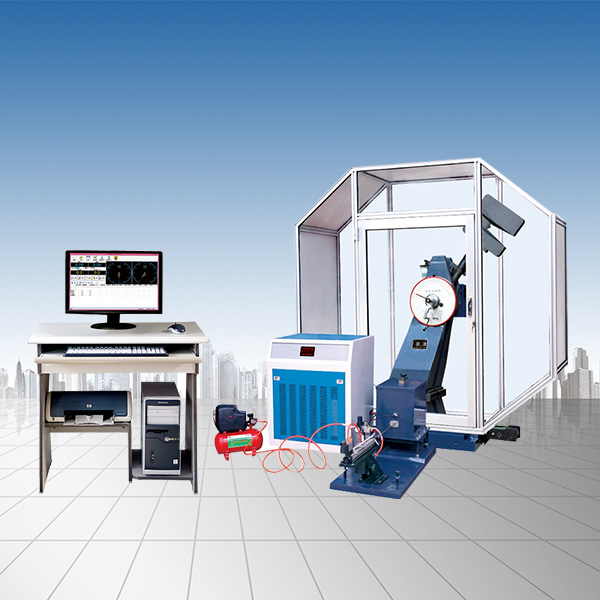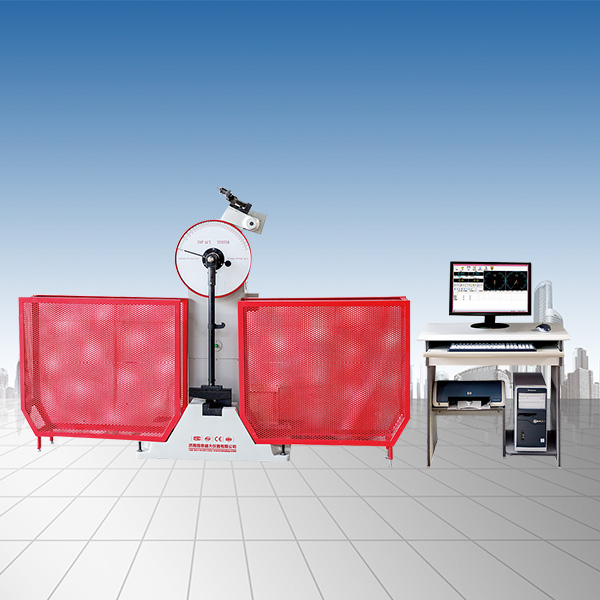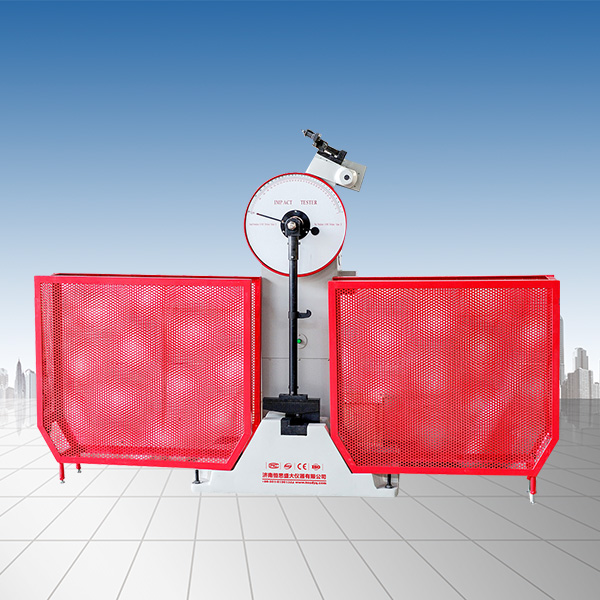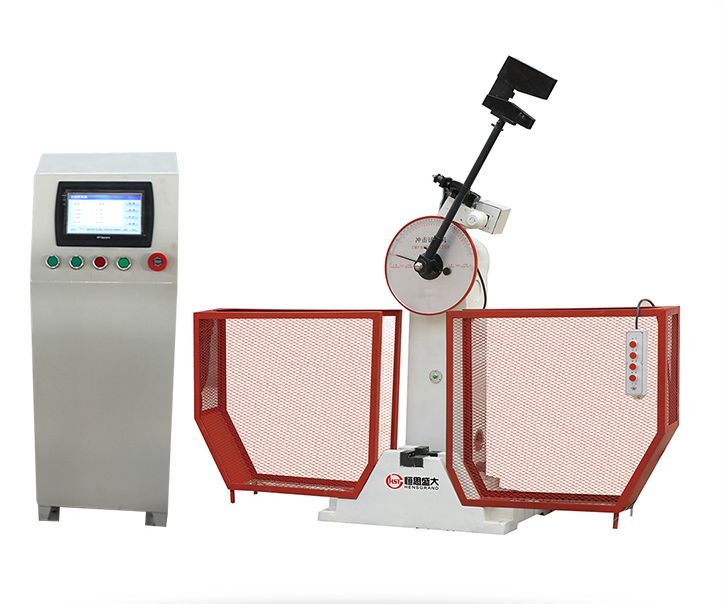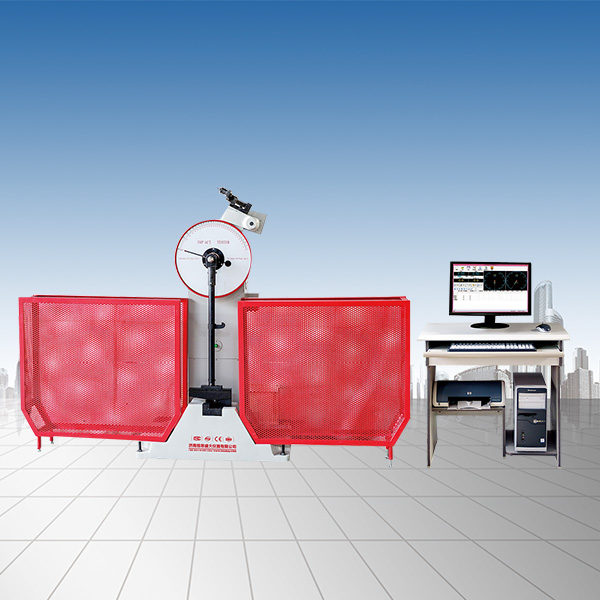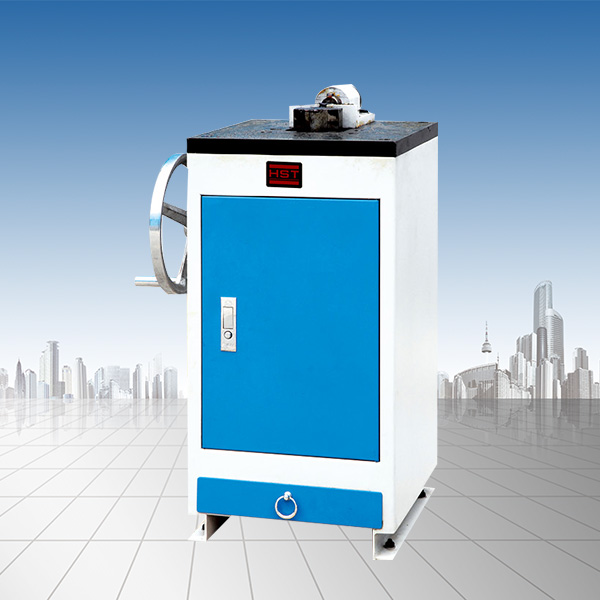Company News
Requirements for testing machines in metal material testing
Release time:2018-11-23 source:Jinan Hengsi Shanda Instrument Co., Ltd. Browse:
I. Regarding the tensile experiment of metal materials, electronic extensometers must be equipped with an elastic modulus and Rp0.2. (It is recommended that the deformation of the extensometer is 5-10mm)
J. When conducting experiments on high-hardness metal materials, there are extraordinary requirements for the hardness of the jaws and press plates, and customers must make requirements when ordering the test machine.
K. Requirements for stretched samples of metal materials: Conventional data: Ordinary dumbbell-shaped samples, such as plates and rods. Regarding the tensile experiments of high hardness and alloy data (very small extension rate or brittleness data), it is recommended that customers use shoulder samples for experiments, so that they are reliable without scrapping the jaws and are convenient to operate. For straight strip specimens (small diameter rods) should be customized to the manufacturer based on the sample's divergent hardness and surface brightness. Users need to supply samples and specifications. For those with many specifications, a set of jaws cannot meet the needs. For small metal samples (especially high strength), special fixtures are customized. It is recommended that users clamp the jaws of the sample as long as possible when manufacturing the sample, so as to be securely clamped and facilitate the clamping of the electronic extensometer.
M. The hardness and brightness of the steel wire are different, and the clamps and jaws are assigned to differentiated clamps and jaws. Customers need to supply samples to impact testing machine manufacturers in order to better select and responsive clamps (there are no less than eight types of steel wire clamps in our company);
N. High temperature experiment of metal: The high temperature furnace body is required to be twisted so that the tester can perform room temperature experiments. When conducting high-temperature tensile experiments, the temperature of metal is generally within the limit of 300℃-900℃. The high-temperature samples include bars (Φ5, Φ10) and plates (δ=1-3, δ=3-6, extraordinary δ=8-12). When high-temperature stretching requires Rp0.2, high-temperature extension rods, high-temperature fixtures and extensometers are required;
O. When stretching steel stranded wire data, the requirements for fixtures are relatively high, which should be considered a relatively difficult problem in the testing machine industry. The methods and results of each manufacturer's handling are different;
P. More metal thin plates are used in the automotive industry. There are requirements for the n-value and r-value of thin plates.
Q. Regarding the measurement verification requirements of test machine: Many users only use the pressure direction to check when measuring on time, and think that the pulling direction has also been checked. This is a wrong view. On the single-space model of electronic universal testing machine, the sensor is bidirectional, and the calibration coefficients of the pulling direction and the pressing direction are different. Not only does it only need to calibrate the pressure direction, but it also requires calibrating the pulling direction. The pulling direction calibration of a single-space model is more troublesome, and it is necessary to equip the reverser to convert the pulling direction to the pressure direction for calibration. This situation does not exist on dual-space models. The dual-space models (using a sensor) are equipped with a one-way sensor. The pressure direction is calibrated and the pull direction is also calibrated. The calibration is very convenient and the charges are cheap.
R. Electronic all-round testing machines are divided into 0.5 and 1st grade. The charges for equipment on time are different. The charges for level 0.5 test machines are much more expensive. Users should choose a level 0.5 or 1st grade electronic all-round testing machine according to their own needs.
S. The verification content of the test machine: The items for demand verification include: load, displacement, speed, deformation, etc. These target verifications are charged in sub-item, so many users only check the load value.
Recommended productsPRODUCTS


















